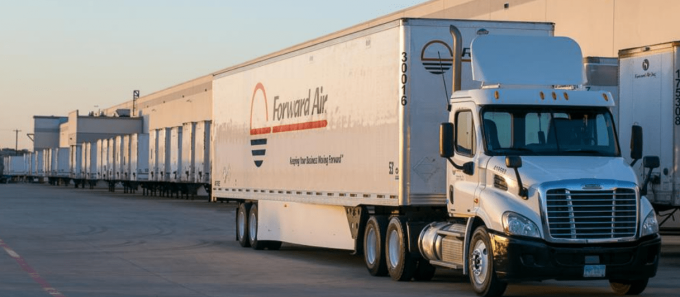Global trade volumes – strategy? WTF
Silver lining sought

Volume decline seems unable to put the brakes on US less-than-truckload (LTL) carriers, or bring pricing down as it has in other sectors – operators are upping their game, or expanding.
Forward Air increased its footprint this month with a $56.5m takeover of Land Air Express, an expedited LTL firm with more than 200 drivers and a network of more than 25 terminals, a deal expected to boost Forward’s revenues by $74m, to $94m.
“Our core LTL business is the key growth ...
Outlook for container shipping 'more uncertain now than at the onset of Covid'
Transpac container service closures mount
Zim ordered to pay Samsung $3.7m for 'wrongful' D&D charges
Shippers warned: don't under-value US exports to avoid tariffs – 'CBP will catch you'
Cancelled voyages take the sting out of spot rate declines this week
New Houthi warning to shipping as rebel group targets specific companies
Blanked sailings in response to falling demand 'just a stop-gap solution'
K+N CEO unveils impact of US import tariffs on China-origin goods


Comment on this article